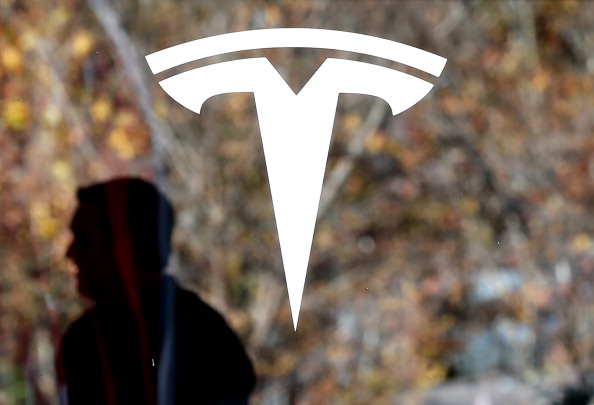According to Navistar, recharge on the medium duty trucks was 90 minutes on their proprietary 440 volt 3 phase charge that delivers over 220 amps and the trucks have on board electronic battery conditioning too. 90 minutes might work in a large fleet application but for an individual or small service fleet, that won't work. The other issue that bubbles up is safety. 440/3 can kill you or cook you in a second. Cannot imagine hooking one up in the rain... Why High pressure hydrogen don't work. You have to be certified to fuel one unlike diesel where you pull up to the pump, stick the nozzle in the tank and fill it. Even propane is questionable. One of my hunting buds owns the local propane company and runs his private truck on propane and 2 years ago we went to Nebraska for a hunt and took his truck and he had to fill the bed mounted bottle a couple times and that is a complex procedure in itself and the pressures are about 1/10th of Hydrogen.
Navistar has a sad history of product development. Built the Powerstroke for Ford until 2011. Both the 6.0L and 6.4L were such a reliability disaster that Ford built the 6.7L themselves.
Navistar is trying to buy parts off the shelf. They are not going to design and build their own electric motor, battery, or control electronics. They get away with this buying conventional ICE, transmission, and other components so it is very hard to teach an old dog new tricks.
On the other hand the Tesla Semi is home designed and built by people with a track record of doing the impossible and pushing boundaries. Tesla says their semi will consume less than 2kWh/mile at 80,000 pounds, with 300 or optional 500 mile range. This means at least 1000 kWh battery.
"440/3 (220A) can kill you or cook you in a second. Cannot imagine hooking one up in the rain... " I wonder what else might kill someone? We connect 120 kW Tesla Superchargers in the rain all the time. Even the new 250 kW. I know the 120 kW is 400VDC at 300A. No one has ever been shocked. I have written before how amazing Tesla's technology that allows common untrained idiots to make such a high power connection. Even in the rain.
440/3 at 220A is 168 kW. 90 minutes, if it was possible to charge at the 100% rate for the full 90 minutes, the Navistar is only 250 kWh.
Tesla has not published charge rates for the Semi but prototypes have been spotted using an "octopus" connected to at least 6 Superchargers at 120 kW each. A logical guess would be the 1000 kWh battery consists of (10) 100 kWh Model X/S battery assemblies. Each of which could be charged separately using (10) BCMs Tesla is already building. So with (10) 250 kW Superchargers one could be in/out pretty quickly.
But no one has said the intended use of a Tesla Semi is coast-to-coast crossings but haters like to pretend every use is the worst case. Early pre-sales have been to big distribution services where the truck goes out in the morning and returns by evening, often several times. Or out in the evening and back by morning. To local stores and back. Where they can build large charging stations at the distribution warehouse. This would be a very natural and productive use of an EV semi.

